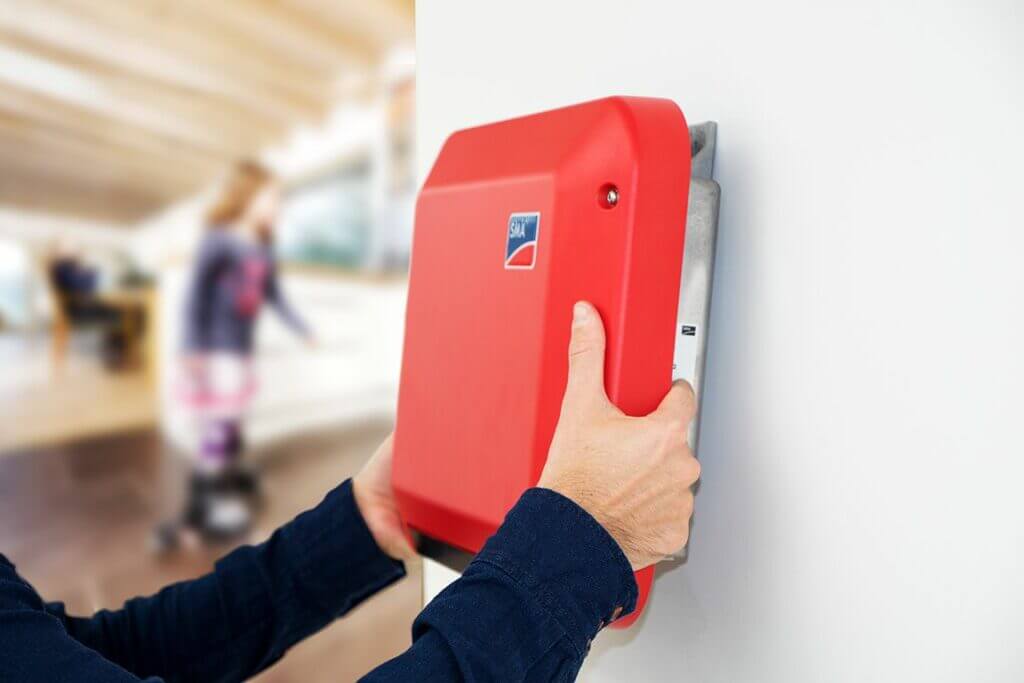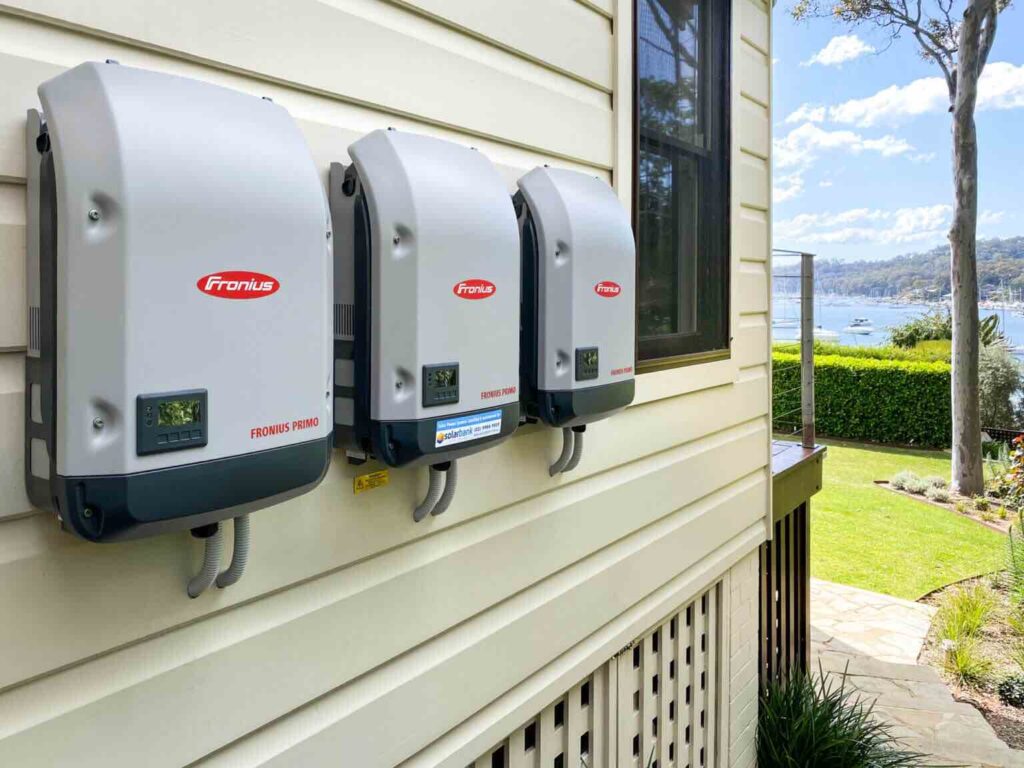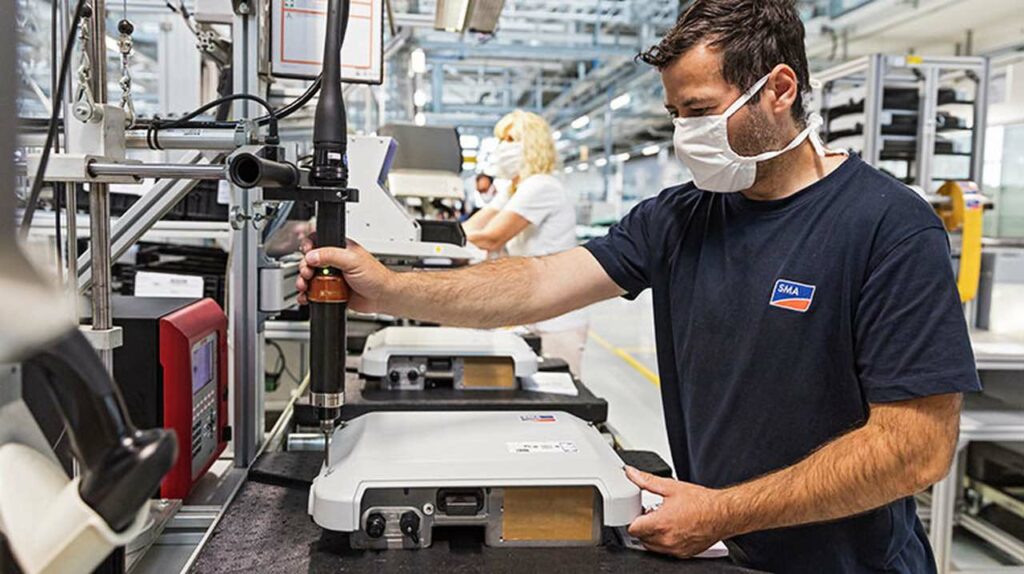A solar energy system contains several essential components including an inverter to connect to the grid. This is one of the most central components of the solar system.
There are many types of solar inverters, and the solar grid connect inverter is one of the most popular in Australia. Here you will learn more about what a solar grid connect inverter is, and how it works. We will also compare the solution to other solar inverter types.

What is the main function of an inverter in a solar system?
The inverter, also known as a grid-tie inverter, makes it possible for solar panels to supply surplus energy to the main electricity grid. Other renewable energy generators use also grid-tie inverters to interface with the grid such as wind turbines.
A solar grid inverter will simply convert the DC electricity (direct current electricity) generated by your solar panels, into AC electricity (alternating current electricity), which the electrical power grid can utilise.
The inverter synchronises the output Voltage and frequency to the grid. To be able to inject the power safely and efficiently, the solar grid connect inverter must match the frequency, Voltage and phase of the grid’s AC sine waveform.
The Voltage in the grid might vary a lot from day to day, and the grid-tie inverter, therefore, has to match the grid’s changing waveforms at all times.
Why use an inverter?
Sometimes the solar panel system will produce more power than the owner needs. So, what happens to the excess power? This is where the solar grid connect inverter comes to use.
The grid connect inverter manages the household use of the energy produced. It also manages the export of energy to the grid
Often electricity companies will pay consumers a feed-in rate for electrical power transferred to the grid. In other words, you might earn some money from the solar power generated by your system.

The grid connect inverter vs. regular / off-grid inverters
A regular inverter will also convert the direct current electricity into alternating current electricity. But unlike the solar grid connect inverter, the regular inverter does not synchronize or connect to the grid.
The regular inverter will only connect to your house appliances and works alone. Off-grid inverter systems supply the alternating current instantly to your appliances.
Operation of the grid-tie inverter
It is very important that the solar grid connect inverter matches the grid phase. It must also maintain an output Voltage that is slightly higher than the Voltage of the grid. This difference in Voltage will mean the current from the solar panels flows into the grid.
Inside the inverter, there is a computer that can sense the alternating current grid waveform. That way, the inverter can correspond its output voltage to the grid.
Inverters are continuously monitoring the electricity grid and for safety reasons will switch off if the grid’s Voltage or frequency goes too high or too low. This means the inverter will switch off during a blackout.

The use of grid tie inverters in Australia
Today, most of the solar energy systems in Australia connect to the public electricity grid, and the reason for this is simple. The national electricity grid can function as a big and cost-efficient battery.
In other words, if your solar power system were to generate more power than you need, the national grid would receive the excess power. And the other way, if your solar panels do not generate enough electrical power, the grid will effectively transfer the power you need.
You generally sell power when the sun shines and buy it back from the grid at night.
How to choose the right solar grid connect inverter?
When buying a grid-tie inverter, there are several factors to consider. First of all, you should take a look at the Ingress Protection (IP) rating, a number that will tell you where the unit can be placed.
IP21 for instance can only be used indoors. IP42 on the other hand is possible to install outside, although it must be covered and sealed to protect it. If you want a solar grid connect inverter that can be installed outside without covering, IP65 is your best choice.
You should also consider the effect, maximum Voltage input and power output, as well as the operating range.
It is definitely worth consulting an expert if you don’t know which solution you need. Make sure you use a CEC-accredited installer for obtaining quotes.